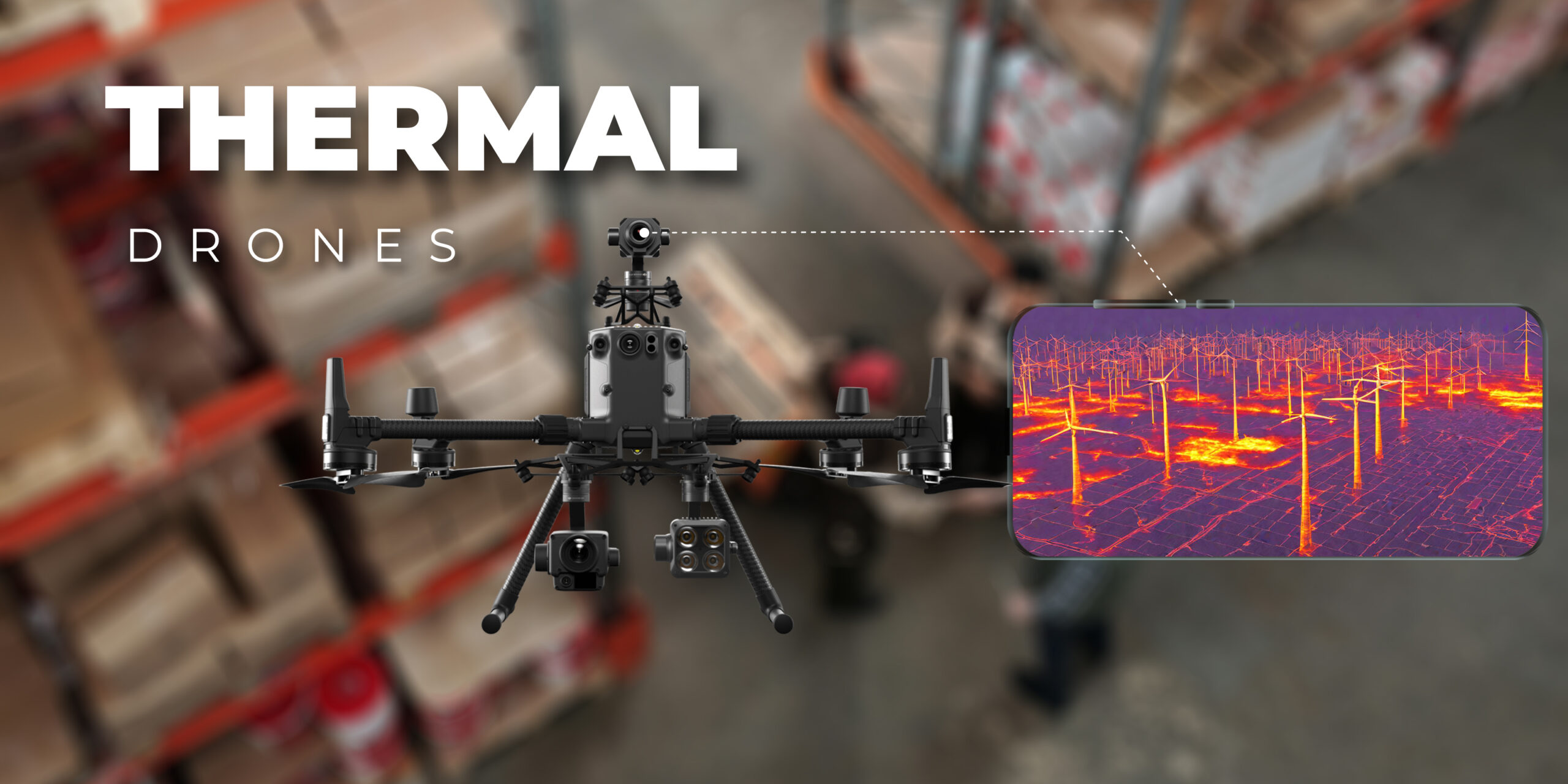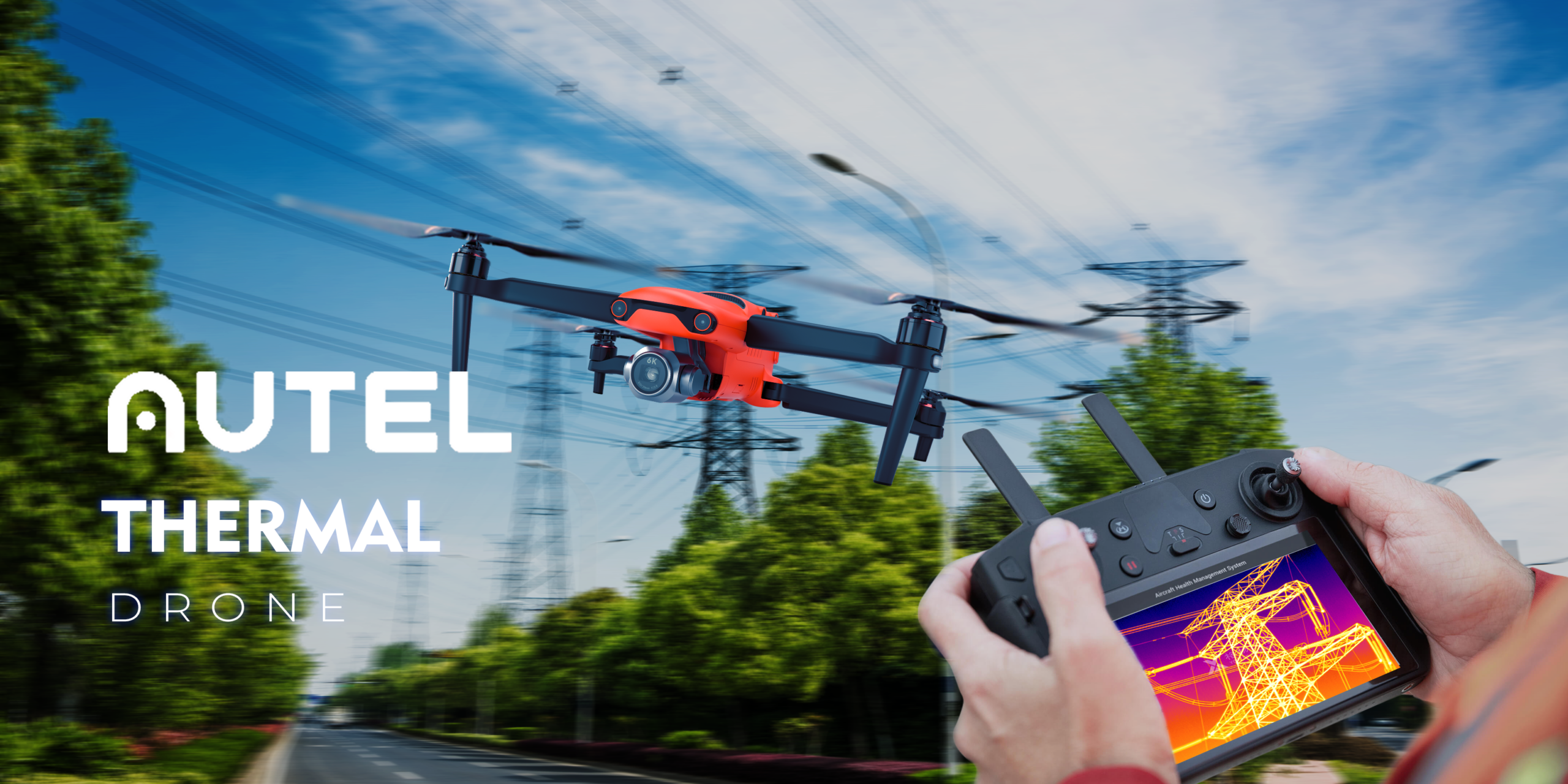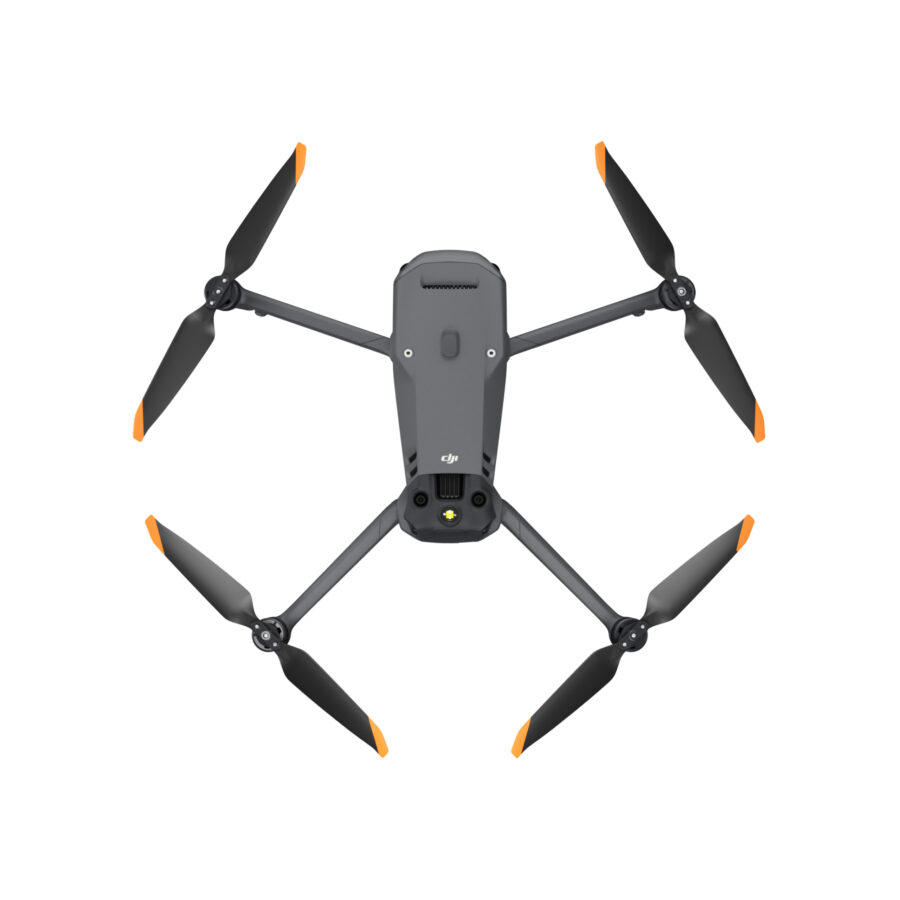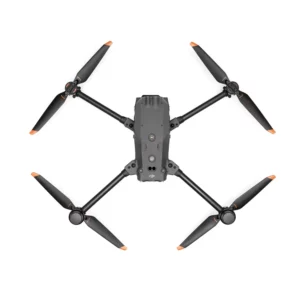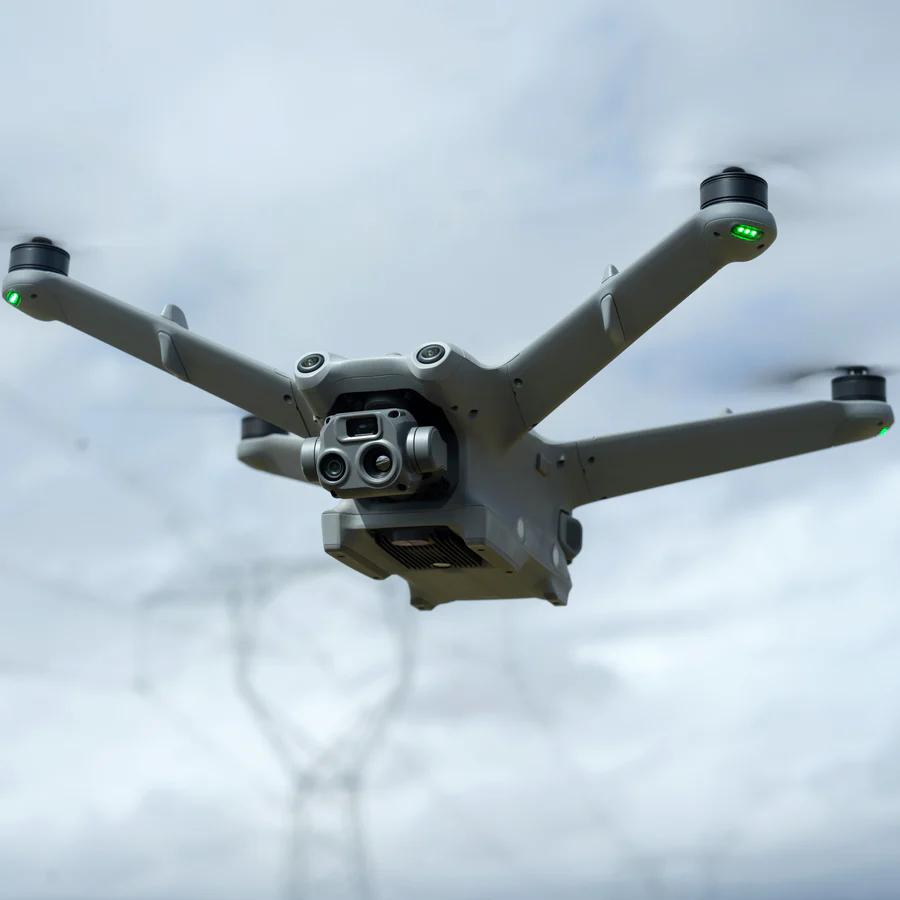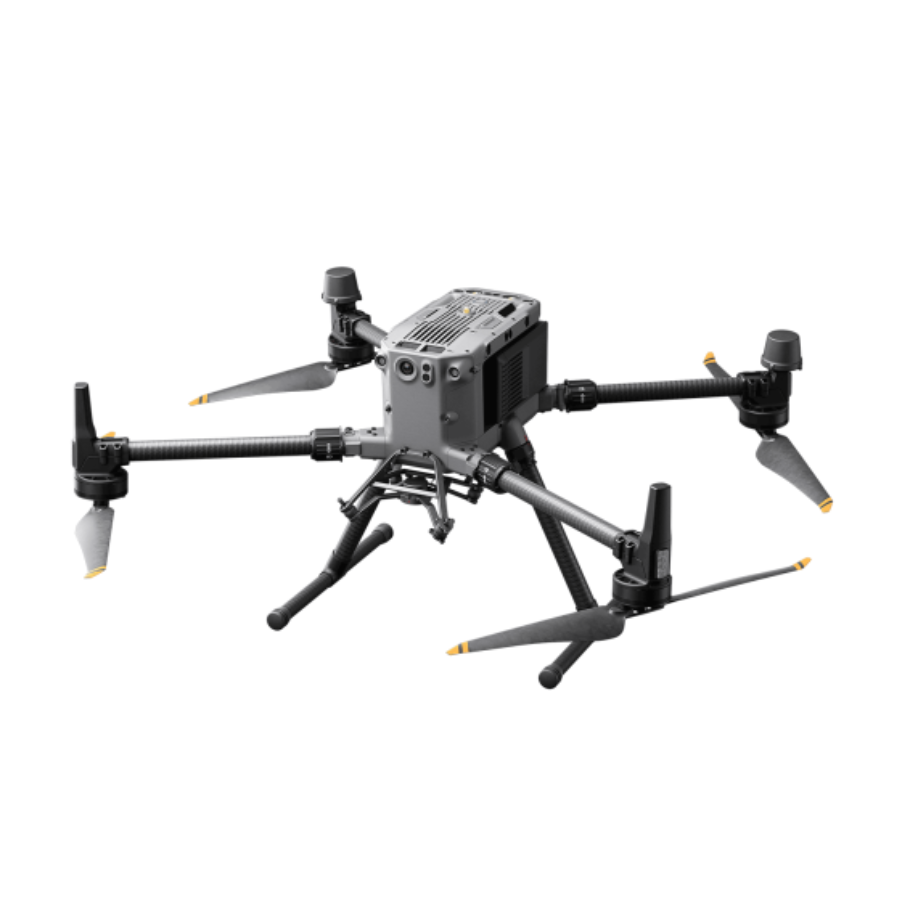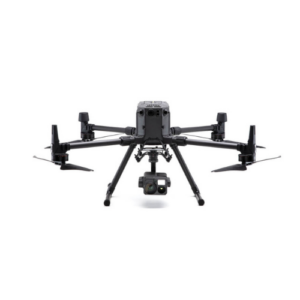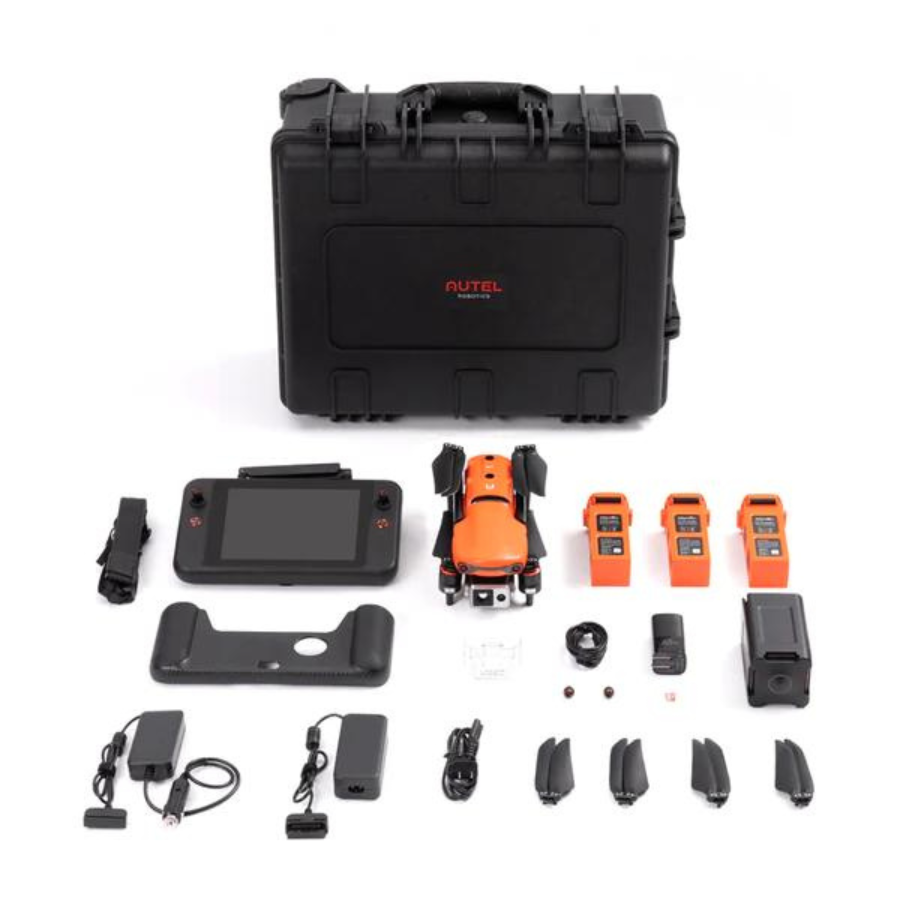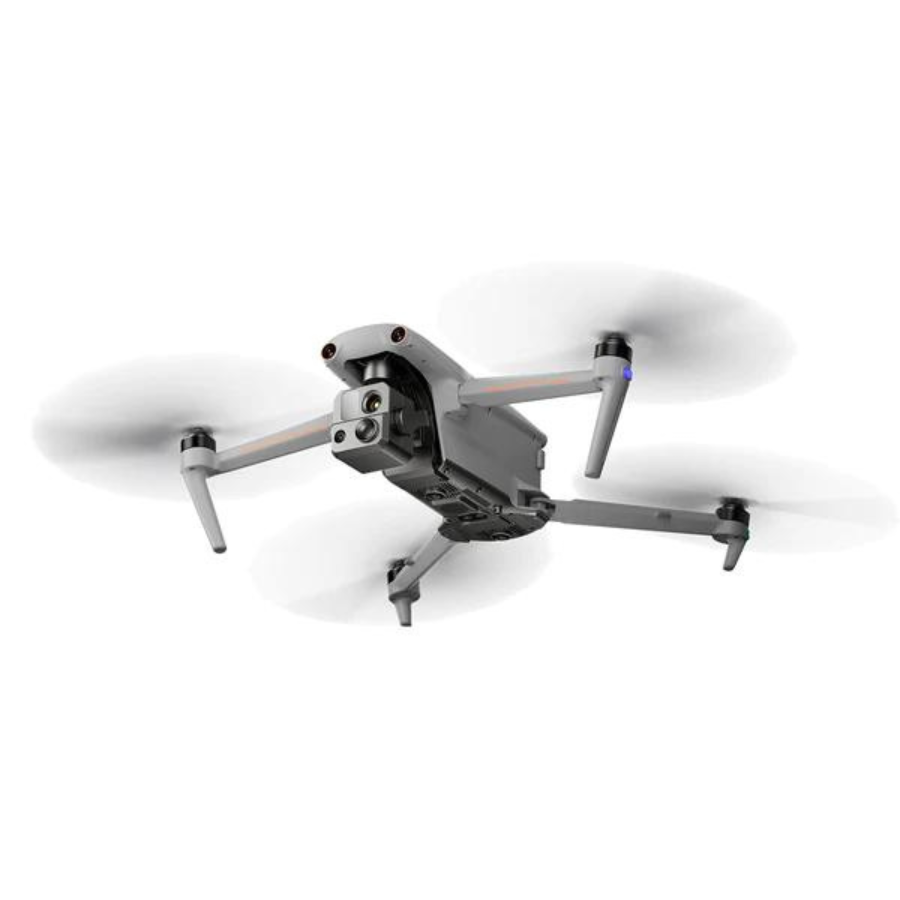Unveil the Unseen: Precision Thermal Imaging for Every Exploration
Applications of Thermal Drones: Revolutionizing Industry and Safety
Applications of Thermal Drones
Search and Rescue Operations:
Thermal drones play a crucial role in search and rescue missions, especially during nighttime or in rough terrains. Moreover, they rapidly detect individuals through heat signatures, even when hidden by dense forests or debris. For instance, during mountain rescues, teams quickly locate stranded hikers and drastically reduce search times.
Agricultural Monitoring:
In the agricultural sector, they help monitor crop health and irrigation patterns by detecting temperature differences across fields. Consequently, farmers identify stressed crops early and improve yields. For example, vineyard managers use drones to spot drought stress or disease before visible signs appear.
Building and Infrastructure Inspection:
The drones effectively inspect buildings and structures for insulation issues, heat loss, and water damage. Furthermore, they provide non-contact detection, ensuring efficient maintenance. For instance, homeowners use them to find energy leaks and optimize heating or cooling systems.
Wildlife Monitoring and Conservation:
The drones aid conservationists in monitoring wildlife without disturbing natural habitats. Additionally, they assist in anti-poaching efforts and population tracking. For example, teams fly drones at night to locate nocturnal species or nesting zones in protected areas.
Electrical and Solar Panel Inspections:
Technicians use they to locate faulty solar panels and identify overheating components in electrical systems. As a result, maintenance crews prevent hazards and maximize energy output. For instance, solar farms deploy drones regularly to ensure optimal panel performance.
Firefighting and Hotspot Detection:
Firefighters use them to detect hidden hotspots in forests and buildings. Consequently, they deploy resources more effectively and avoid flare-ups. For example, drones help fire crews pinpoint danger zones in real time during wildfire operations.
Industrial and Chemical Plant Monitoring:
Operators use thermal drones to monitor equipment and detect heat anomalies. As a result, they avoid breakdowns and enhance plant safety. For example, routine thermal scans help facilities catch issues before they escalate into hazards.
Law Enforcement and Border Security:
Authorities deploy thermal drones for surveillance, especially at night or in low-visibility areas. Moreover, they detect unauthorized activities quickly and discreetly. For instance, teams patrol borders and secure sensitive zones using drone-mounted thermal imaging.
Roof Inspections:
Inspectors rely on these drones to identify leaks and insulation gaps in roofs. Additionally, drones cover large buildings faster than manual methods. For example, commercial property managers use drones to scan entire rooftops within minutes.
Environmental Monitoring:
They contribute to environmental protection by detecting thermal pollution and illegal discharges. Moreover, they monitor ecosystems efficiently over wide areas. For example, agencies scan rivers and lakes to track water temperature and prevent ecological damage.
Read More
Thermal Drones: Powering Precision Across Industries
In today’s tech-driven world, innovation reshapes how we solve complex challenges. Among the standout tools are thermal drones. These advanced UAVs use thermal imaging to transform operations in multiple sectors. Moreover, they offer more than just enhancement—they redefine workflows with speed, accuracy, and insight.
This guide explores thermal drones in depth. It highlights the technology, top models, real-world applications, and what the future holds for this fast-evolving field.
The Power of Thermal Imaging in Drones
Thermal drones use infrared cameras to detect and visualize heat. This capability allows them to identify temperature differences in real time. As a result, they prove useful in many fields—especially where visibility is limited.
For example, these drones work through smoke, darkness, or dense foliage. Thus, they provide crucial insight in scenarios where the human eye or standard cameras fail.
Top Thermal Drone Models
DJI Mavic 3
The DJI Mavic 3 sets the bar for compact thermal drones. It blends high-quality visuals with lightweight portability. While many praise it for photography, its thermal features also make it great for inspections and fast assessments.
DJI Matrice M30T
DJI built the Matrice M30T for professionals. It combines thermal sensors with smart AI tools for powerful analysis. Use it for infrastructure checks, rescues, or environmental monitoring. Its rugged design fits a wide range of tasks.
DJI Matrice 300 RTK
The Matrice 300 RTK stands out for its strength and accuracy. It carries advanced thermal sensors for precise data. Teams trust it in high-pressure roles—like public safety, utility maintenance, and critical inspections.
Autel Evo 2 Dual 640T Series
Autel’s Evo 2 Dual 640T V2 and V3 lead with clarity. They pair thermal cameras with 4K optical sensors. Therefore, they offer sharp visuals for inspection, search operations, and security.
Autel Evo MAX 4T
Autel’s Evo MAX 4T leads the market in features. It includes multiple sensors, strong obstacle avoidance, and long flight time. Use it in complex missions where thermal and visual accuracy are equally vital.
How Thermal Drones Are Changing Industries
Search and Rescue
Thermal drones help search teams save lives. They scan large zones quickly, even at night or in difficult terrain. For example, they detect people through dense forests or rubble using heat signatures.
Infrastructure Inspection
Inspectors use thermal drones to find faults without touching equipment. These drones reveal overheating, water leaks, and insulation gaps. As a result, crews reduce downtime and avoid costly damage.
Agriculture
Farmers rely on thermal drones for crop health insights. The drones detect plant stress, monitor irrigation, and identify pests. Therefore, they help maximize yield while conserving water and reducing costs.
Environmental Monitoring
Thermal drones play a key role in conservation. They track animals, map wildfire zones, and monitor temperature shifts in ecosystems. This data helps protect biodiversity and plan effective interventions.
Public Safety and Security
Law enforcement uses thermal drones to boost visibility and awareness. They monitor large crowds and secure perimeters—especially at night. For instance, they track suspects or scan dark areas for threats.
Choosing the Right Thermal Drone
Choosing a drone depends on your goals. Consider thermal resolution, battery life, payload capacity, and ease of use.
For fast site assessments, go with the DJI Mavic 3. For complex, high-risk missions, choose the Autel Evo MAX 4T. Always match the tool’s features to the job’s demands.
What’s Next for Thermal Drone Technology?
They keep evolving. Advances in AI, LiDAR, and smart sensors boost their accuracy and flexibility. Soon, real-time analysis and predictive features will become standard.
As industries adopt drone tech, expect more integration with cloud systems, fleet management tools, and autonomous navigation.
Conclusion: Thermal Drones Redefine What’s Possible
Thermal drones give us sharper eyes in the sky. They improve safety, raise productivity, and support sustainability.
From saving lives to saving crops, their uses continue to grow. In the near future, they won’t just support operations—they’ll lead them.
As technology moves forward, one thing stays true: with thermal drones, the sky is not the limit—it’s just the beginning.
FAQs
What is a thermal drone?
A thermal drone is an unmanned aerial vehicle (UAV) equipped with an infrared camera that can detect heat sources and create images based on temperature differences. This allows for various applications, including search and rescue, infrastructure inspection, and environmental monitoring.
How does thermal imaging work on drones?
Thermal imaging on drones works by using infrared sensors to capture differences in temperature on the ground. These temperature readings are then converted into a visual image, showcasing heat signatures that are invisible to the naked eye.
What are the main uses of thermal drones?
Thermal drones are used in numerous sectors, including public safety for search and rescue operations, agriculture for crop monitoring, energy for inspecting solar panels and wind turbines, construction for building inspections, and environmental studies for wildlife tracking.
Can thermal drones see through walls?
No, thermal drones cannot see through walls. However, they can detect heat variations around structures, which can be useful in identifying issues like heat loss or areas requiring insulation improvements.
What is the difference between the DJI Mavic 3 and DJI Matrice M30T in terms of thermal capabilities?
The DJI Mavic 3, while primarily a high-resolution camera drone, can be used for basic thermal imaging tasks. The DJI Matrice M30T, on the other hand, is specifically designed with advanced thermal imaging capabilities, making it suitable for more detailed and professional thermal analysis.
How accurate are thermal drones?
The accuracy of thermal drones depends on the quality of the thermal camera, environmental conditions, and the drone’s altitude. High-quality thermal cameras like those on the DJI Matrice 300 RTK and Autel Evo 2 Dual series offer precise temperature readings and detailed thermal images.
What is the flight time of a typical thermal drone?
Flight times vary based on the drone model and conditions, but typically range from 20 to 40 minutes. Models like the Autel Evo MAX 4T are designed for extended flight times to accommodate longer missions.
Can thermal drones operate at night?
Yes, thermal drones are particularly effective at night due to their ability to detect heat signatures in complete darkness, making them invaluable for operations like search and rescue and wildlife monitoring.
Are there any legal restrictions on using thermal drones?
Yes, the use of thermal drones is subject to local and national regulations, which may include restrictions on flying over private property, near critical infrastructure, or at certain times of the day. It’s important to familiarize yourself with these regulations before operating a thermal drone.
How do I choose the right thermal drone for my needs?
Choosing the right thermal drone involves considering your specific requirements, such as the level of thermal detail needed, flight time, ease of use, and budget. Assessing the features of models like the DJI Matrice M30T and Autel Evo 2 Dual series can help identify the best fit for your applications.
Can thermal drones be used for indoor inspections?
Yes, thermal drones can be used for indoor inspections, especially in large, open areas like warehouses or manufacturing plants. They can help identify electrical issues, insulation problems, and other heat-related concerns.
What maintenance is required for thermal drones?
Regular maintenance for thermal drones includes checking and cleaning the thermal sensor, ensuring the drone’s firmware is up to date, inspecting the propellers and battery, and calibrating the thermal camera as needed to maintain accuracy.
Where can I get training to operate thermal drones?
Many drone manufacturers and independent training organizations offer courses on operating thermal drones. These courses cover flight training, understanding thermal imaging principles, and interpreting thermal data, equipping operators with the skills needed to effectively use thermal drones in various applications.

